The progressive loss of youthful volume is a sad reality of facial aging. The face loses definition as you age, becoming flatter and even sunken. Particularly when viewing your profile, the cheek and chin areas are frequently recognized as having lost significant volume. Fillers are a popular way for many people to address volume loss.
Surprisingly, many people do not believe the fillers work as well as they would like, or they are tired of going in for filler injections on a regular basis. They develop swelling and bruising, and eventually “filler fatigue” and become interested in “permanent” solutions. They learn about facial implants while looking for a permanent solution.
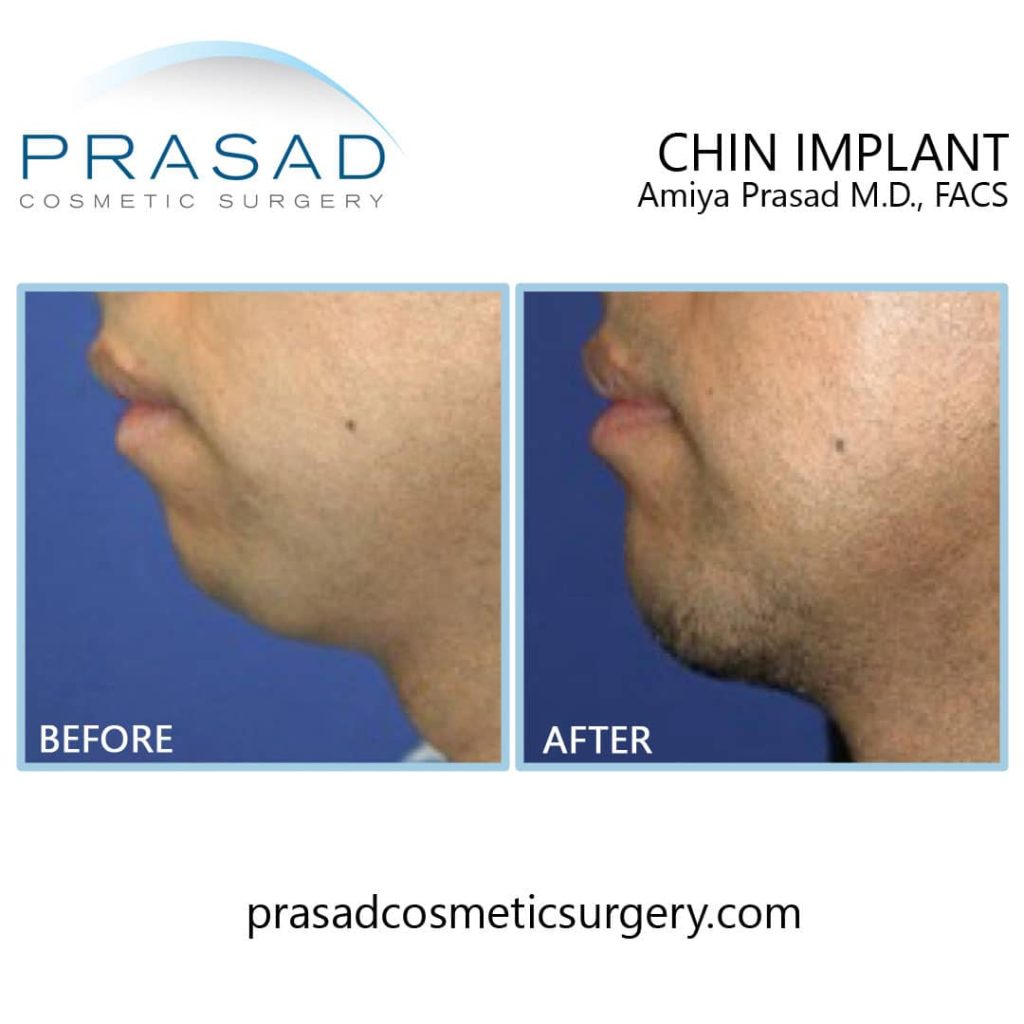
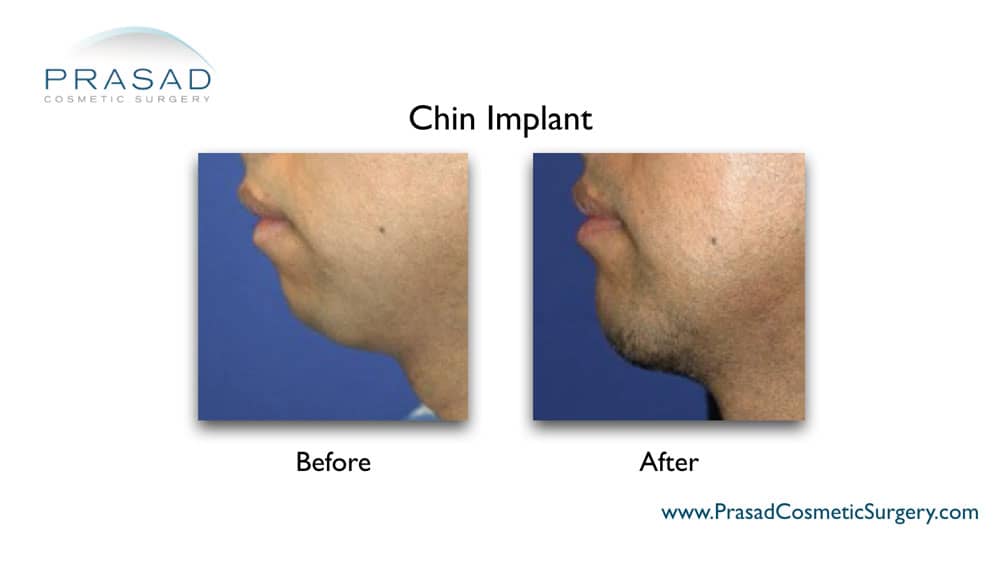
They believe that facial implants, such as chin and cheek implants, are the long-term solution they seek. Although these implants can appear very good for several years, there are important age-related changes that may not make facial implants the optimal long-term solution they seem to be.
I’ll discuss how I transitioned my practice’s approach to facial volume loss from surgical implant placement to longer-lasting non-surgical solutions. I perform all types of facelift surgery as a facial cosmetic surgeon, from short incision mini lifts, to extensive deep plane facelifts with neck lifts. I perform cheek and chin implant placement surgery as part of facelift surgery, and as separate procedures. I also routinely perform non-surgical volume enhancement using injectable fillers in the lips, eyes, cheeks, jawline, and chin.
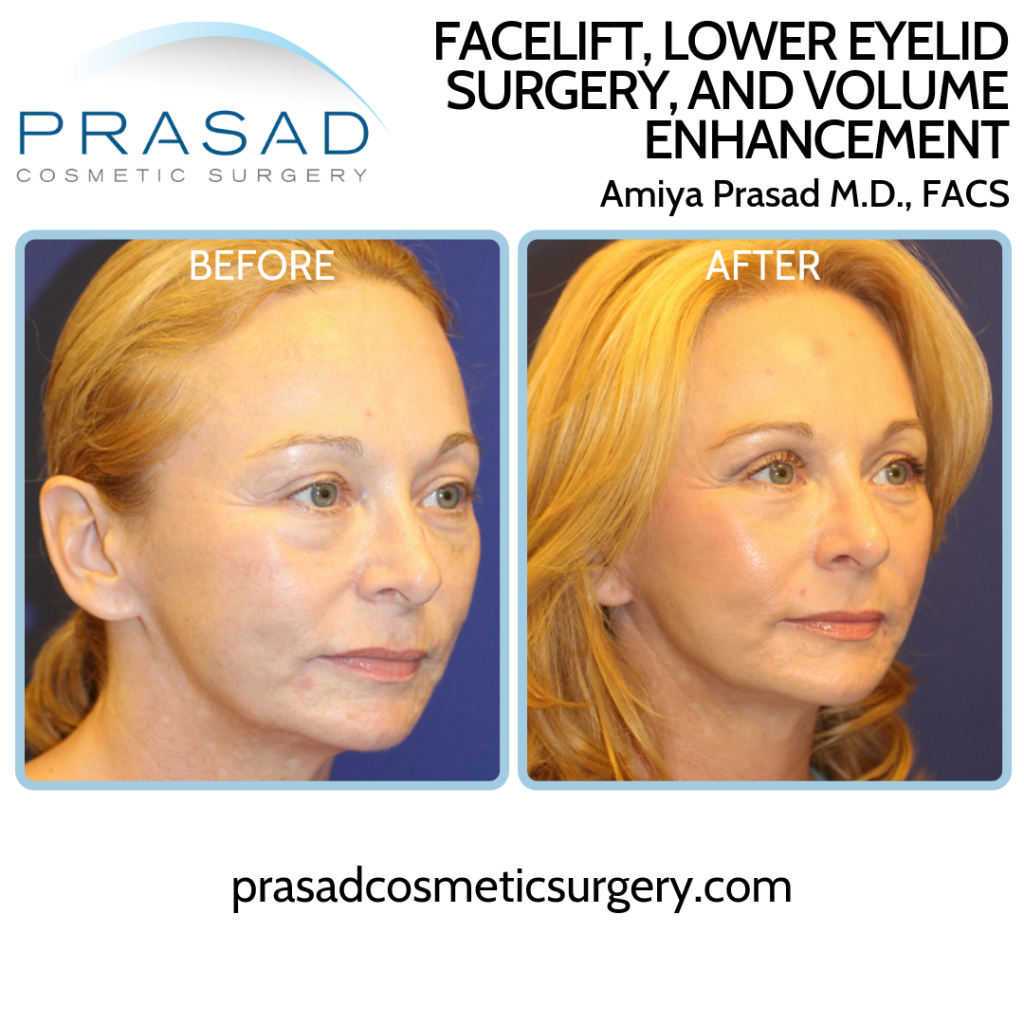
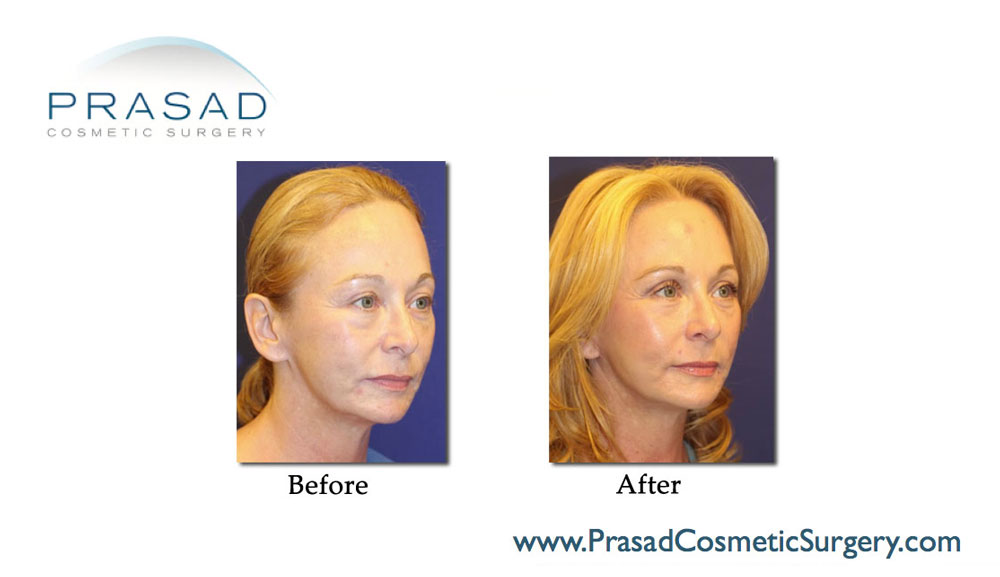
How Long Do Chin and Cheek Implants Last?
It’s natural to assume that chin and cheek implants are permanent because they aren’t metabolized like hyaluronic acid fillers. While chin and cheek implants, which are usually made of soft silicone are not going to be metabolized, your underlying facial structure is not permanent. After facial implants are placed, the same aging process that causes loss of facial volume, primarily diminishing bone volume, as well as loss of fat, muscle, soft tissue, and skin thickness, continue. This gradual loss of facial volume occurs at the foundation of the implants, such as the cheekbone, and chin. Natural anatomy such as bone, muscle, fat, and surrounding tissue will change over time.
How do cheek implants stay in place?
It is common practice for cheek implants to be stabilized or anchored in place using titanium screws or bolsters for stabilization to maintain a desired position.
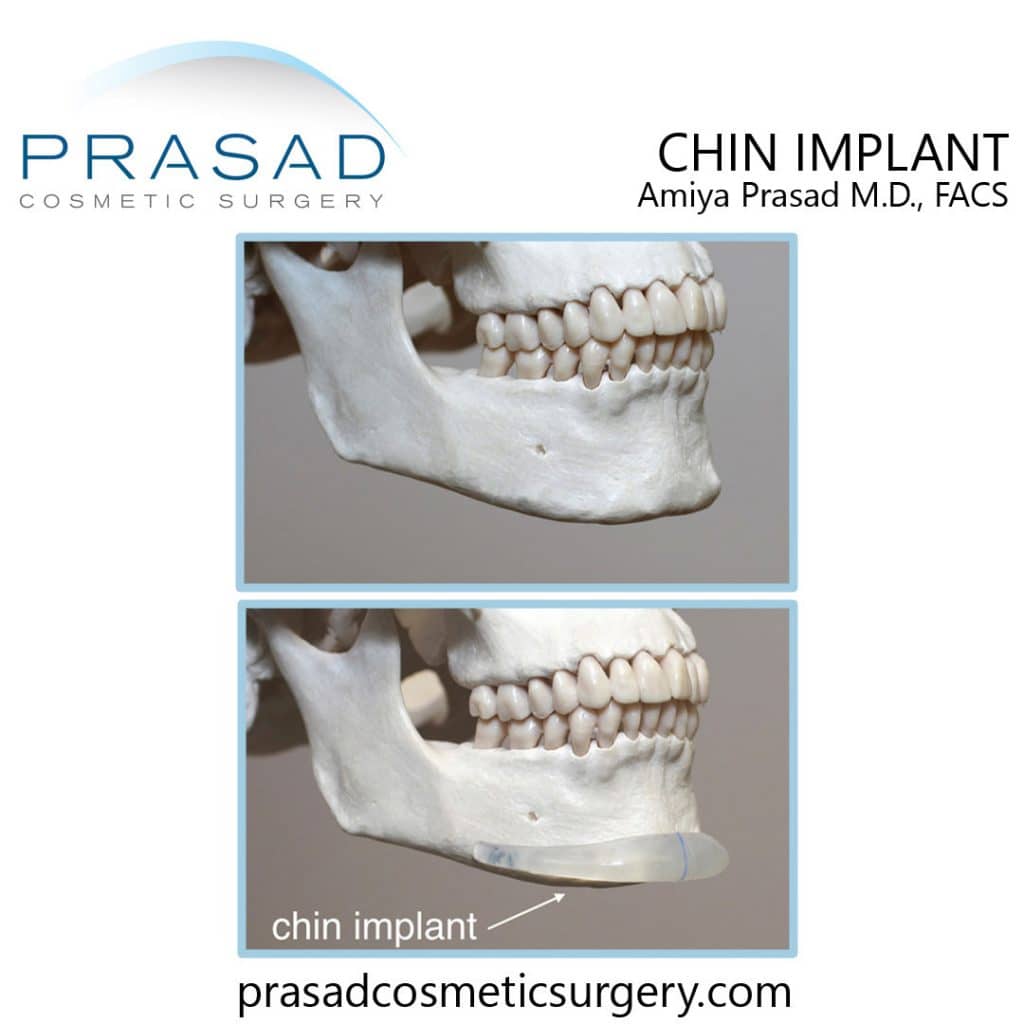
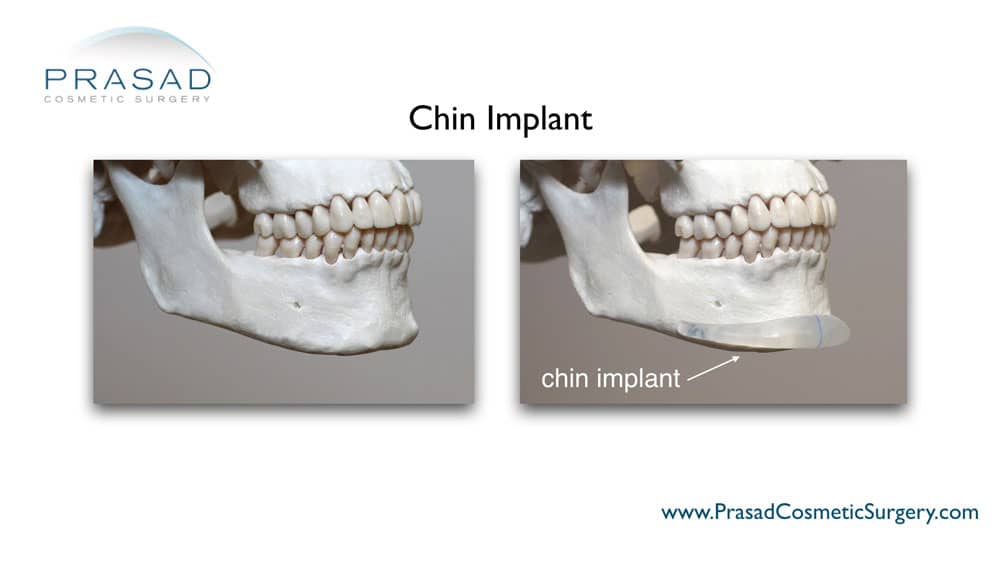
Progressive facial changes can cause the facial implants to appear disproportionate to the rest of the face. As there is progressive fat loss beneath the skin and the skin thins, the actual outline of the implant can be seen. These concerns also apply to chin implants, albeit not as severely. Recognizing the presence of natural asymmetry and contour subtleties, implants are frequently modified during surgery. This typically involves shaving the silicone, and observing the effects on the facial contour. This becomes particularly challenging because of normal intraoperative swelling due to the presence of anesthetics, and natural reactive tissue swelling. Further, other soft tissue aspects cannot be adjusted for by carving the implants. So postoperatively, to optimize the appearance, it can be still necessary to employ the use of soft tissue fillers.
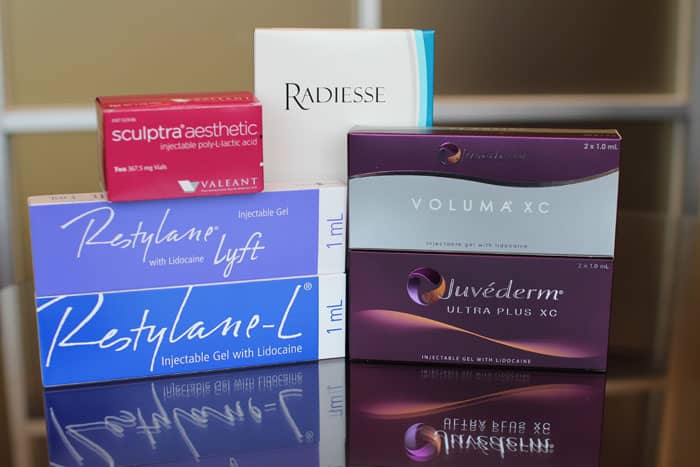

Doctors who place these fillers are also frustrated because they intentionally mold the fillers to look like cheekbones and other facial structures when they place them under the skin. Unfortunately, the appearance they achieve in the office is fleeting because conventional placement of hyaluronic acid fillers results in migration. There was a clear need to place the fillers in a way that minimized migration. In some ways, this is analogous to cooking, where you have the right ingredients, but lack the right technique. Fortunately, the right technique in my opinion has been developed by adapting strategies and anatomic knowledge from facial implant surgery.
When we examine the relative proportionality of volume loss associated with facial aging, it is clear that the bone level has the greatest impact, therefore, facial implants are placed on top of the bone structure. This begs the question, “why are soft tissue fillers to improve facial structure placed just below the skin level? ” It should come as no surprise that these fillers become displaced, resulting in the stereotypical pillow face appearance. This means that there must be a consistent and predictable method for placing long-lasting filler at the bone level in order to benefit from the strong foundation and intrinsic shape of the bone structure.
Many of my colleagues and non-physician injectors believe they are placing filler at the bone level when they demonstrate how the needle they are using is “hitting the bone,” but they are not delivering the filler into the space that enhances structure. Furthermore, the well-intentioned injectors performing these demonstrations repeatedly pierce the skin with their needle, causing more bruising and swelling than necessary. I employ a technique called Structural Volumizing since I’m creating more definition by placing volume on the bone structure.
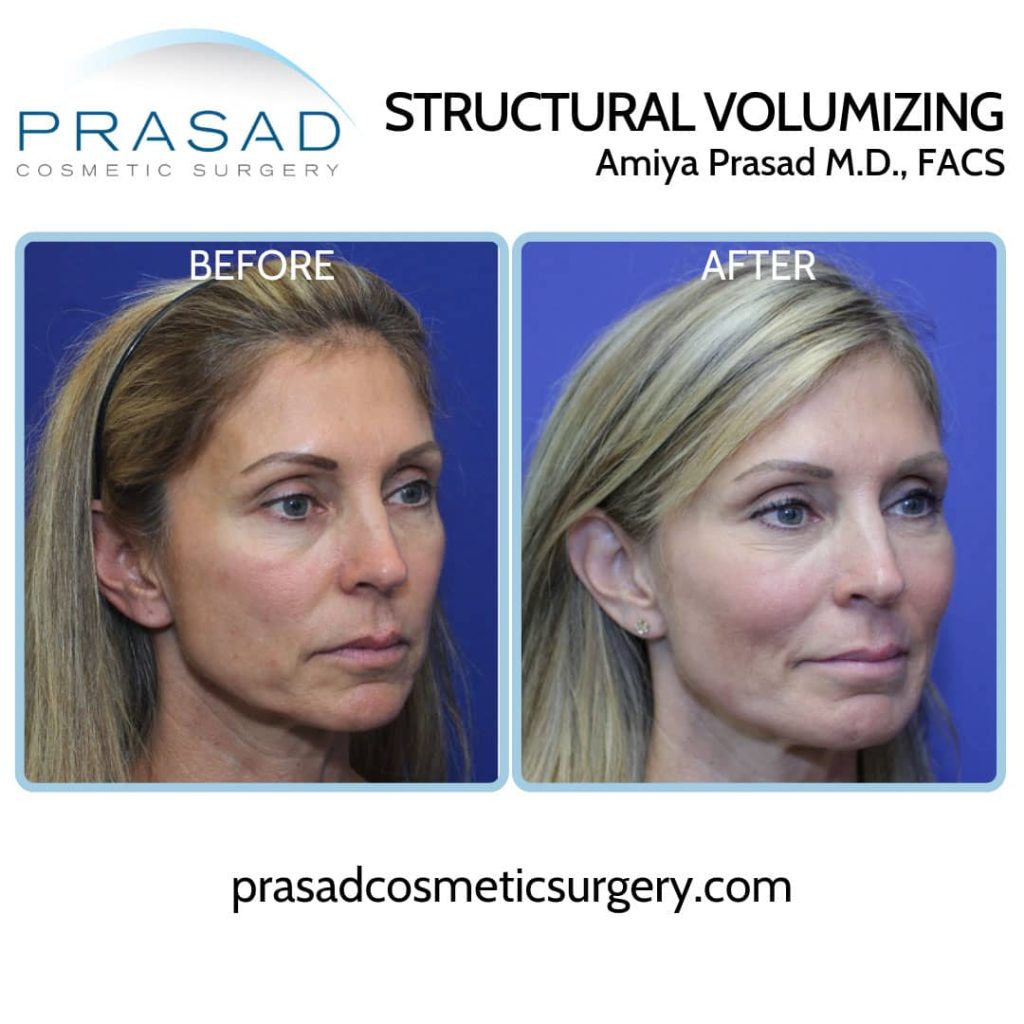
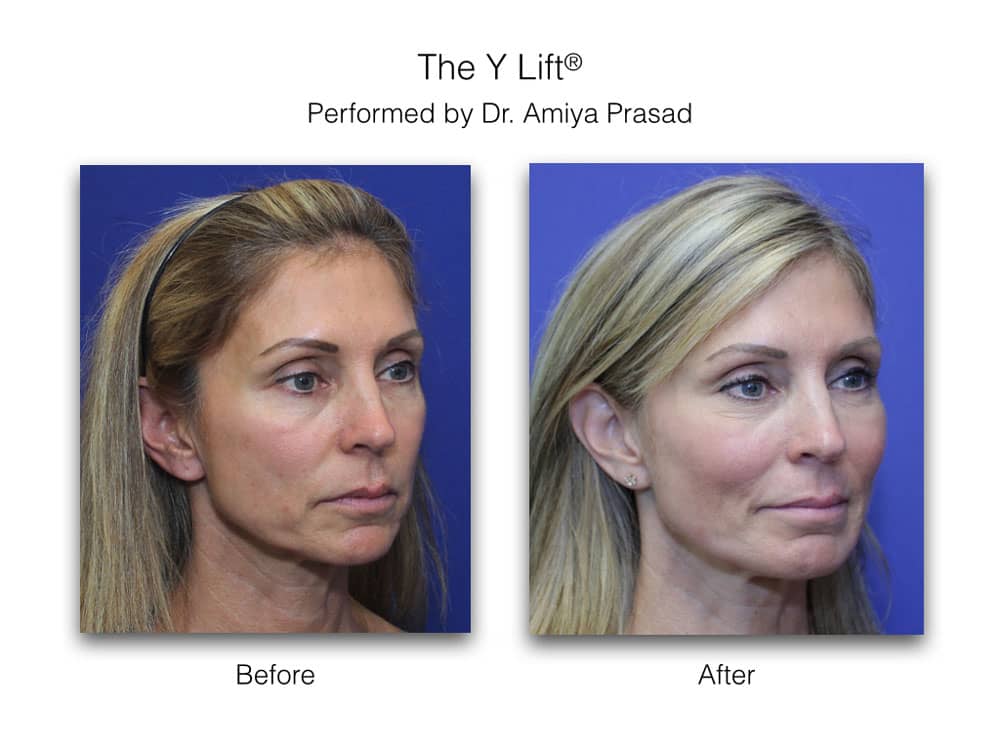
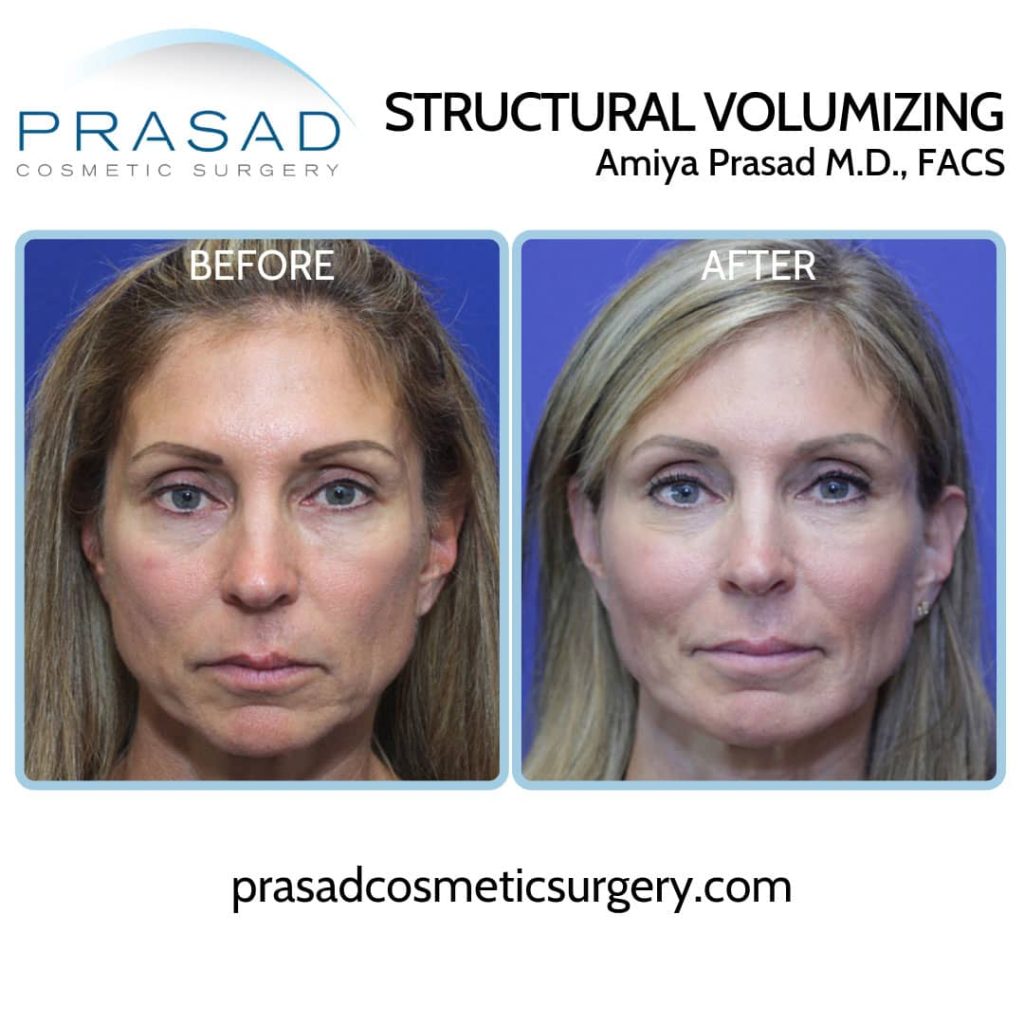
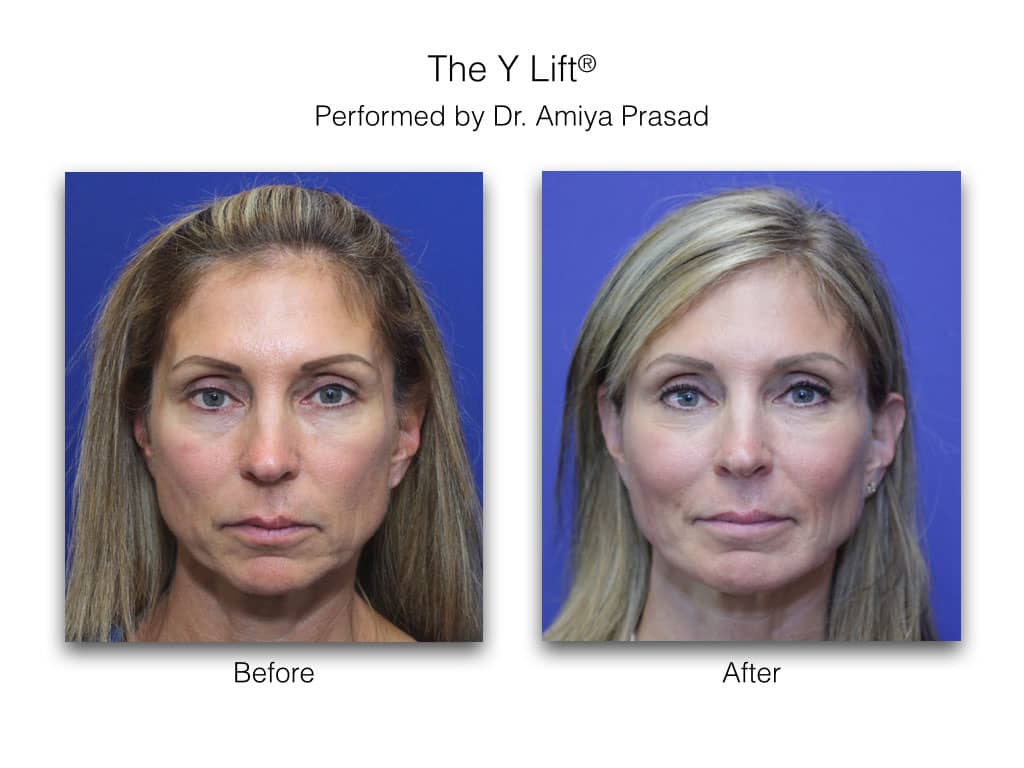
My patients are usually very pleased with how they look right away, and rarely have any concerns about bruising and swelling the next day. I can be more conservative with volume if I need to place any filler below the skin level to address any subtle contour issues by placing the filler mostly at the bone level. The filler is less likely to be displaced when placed in limited quantities beneath the skin. I usually follow up with my patients after two weeks to see how they look after everything has settled.
It is worth noting that if there is a problem with a facial implant, surgery is required to remove or exchange the implant. With Structural Volumizing, hyaluronic acid filler can be quickly dissolved, even at the bone level, by using the enzyme hyaluronidase.

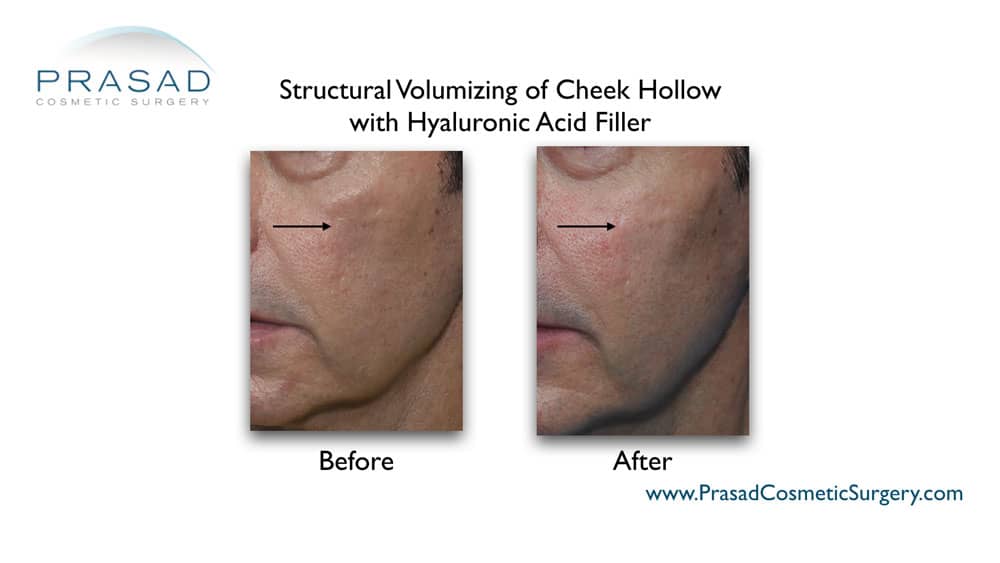
Cheek Implants vs Fillers
When considering chin and cheek augmentation for a more youthful appearance, remember, our facial dimensions change with age, but facial implants don’t. By using thicker hyaluronic acid fillers, placed by applying the principles of facial implant surgery, we achieve the same results in many situations as a surgical procedure, with greater flexibility and precision, but with lower risk.
While fillers do not last as long as surgical implants, they do last longer than before, and are far more convenient for my patients. I’ve also noticed that many people who would otherwise be opposed to any type of facial implant surgery are much more interested in Structural Volumizing because of the convenience, safety, predictability, and reversibility.
